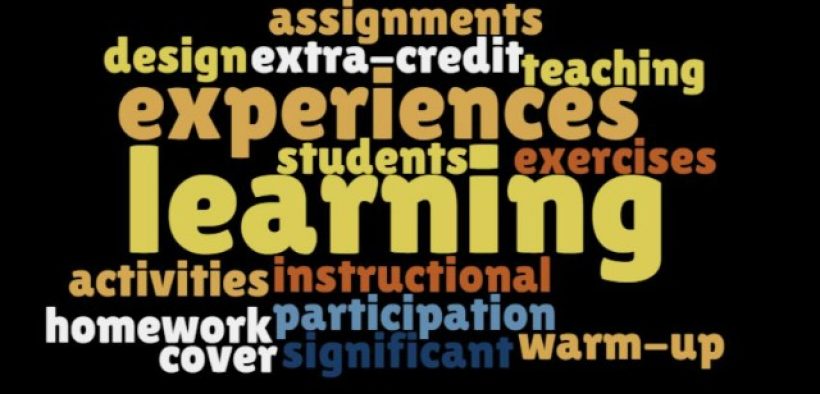Language influences thought and action. It’s a fundamental idea in linguistics. I remember first encountering it in a class when I was assigned S.I. Hayakawa’s classic Language in Thought and Action. But it’s a principle that’s easy to forget. Here are a few examples that pertain to education, with the question being—how does what we call something affect our teaching and students’ learning?
Related Articles
I have two loves: teaching and learning. Although I love them for different reasons, I’ve been passionate about...
Active learning is a mostly meaningless educational buzzword. It’s a feel-good, intuitively popular term that indicates concern for...
Perhaps the earliest introduction a student has with a course is the syllabus as it’s generally the first...
Generative AI allows instructors to create interactive, self-directed review activities for their courses. The beauty of these activities...
I’ve often felt that a teacher’s life is suspended, Janus-like, between past experiences and future hopes; it’s only...
I teach first-year writing at a small liberal arts college, and on the first day of class, I...
Proponents of rubrics champion them as a means of ensuring consistency in grading, not only between students within...








